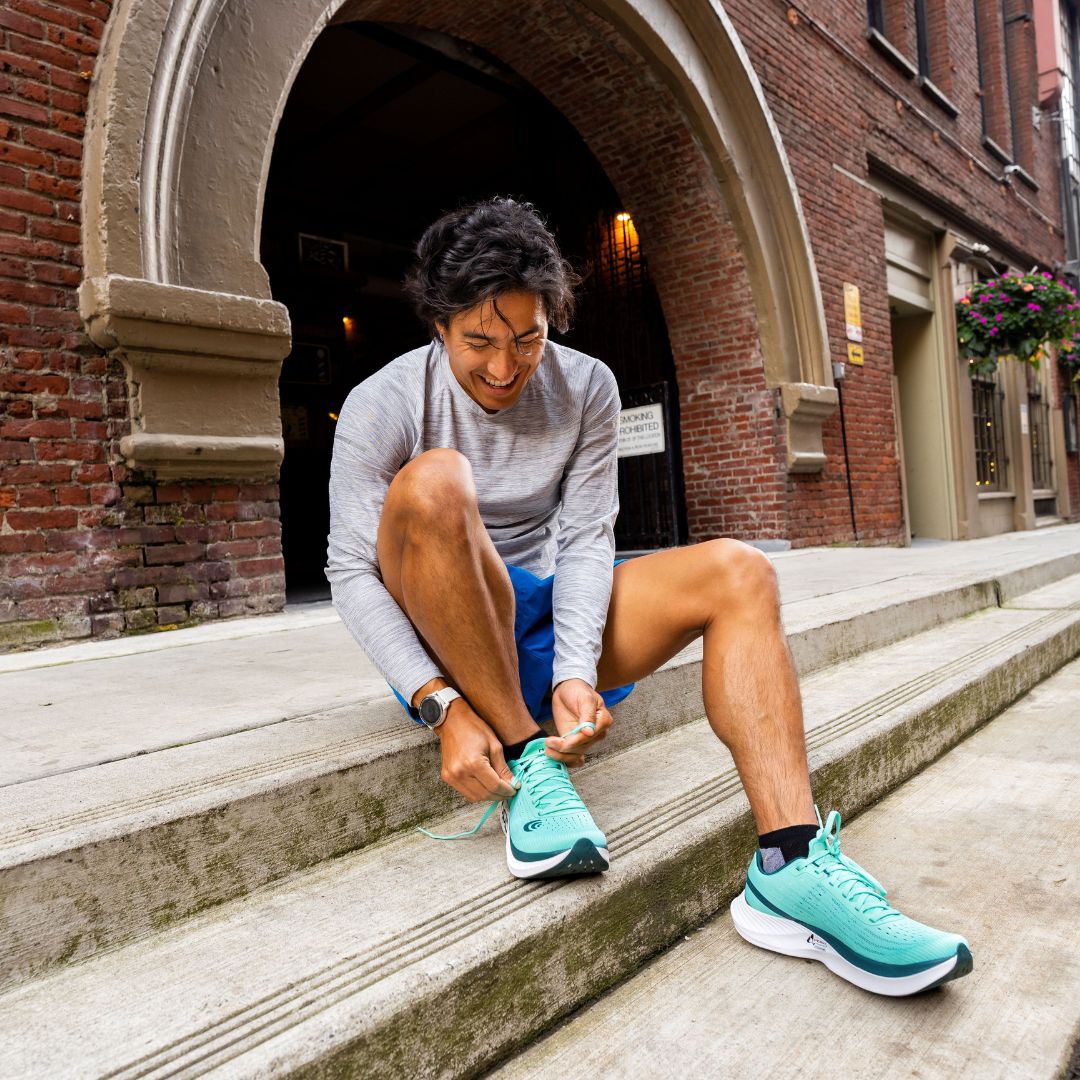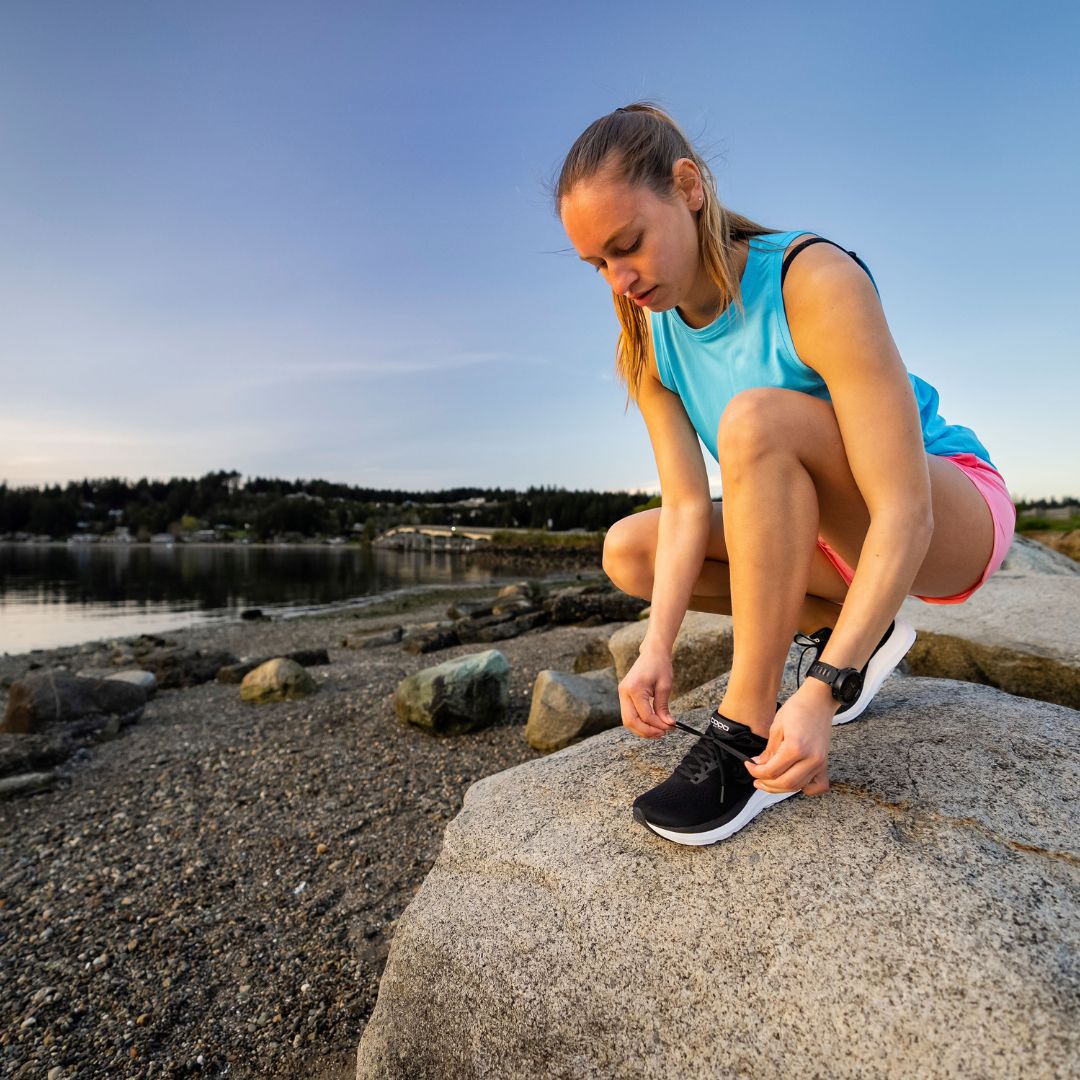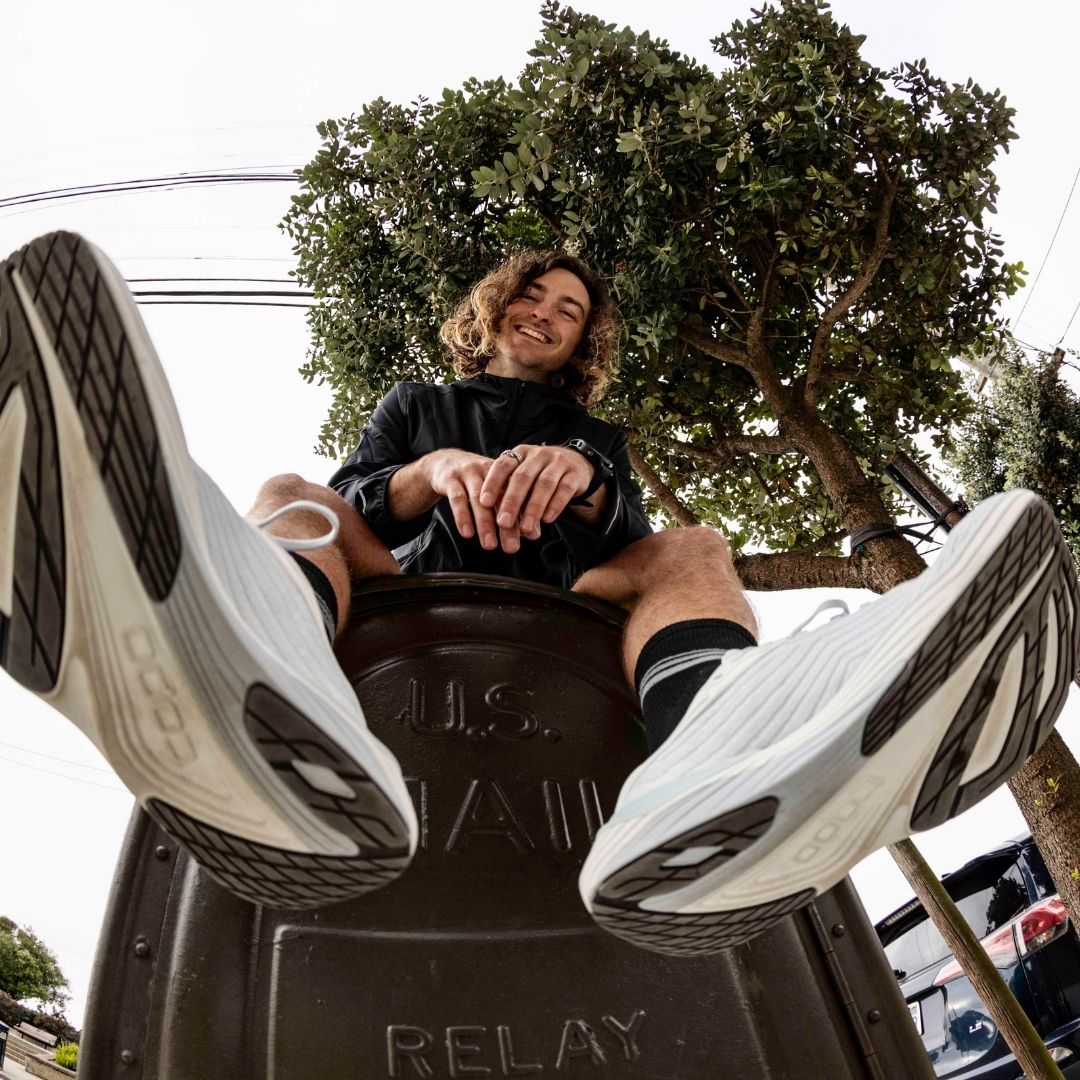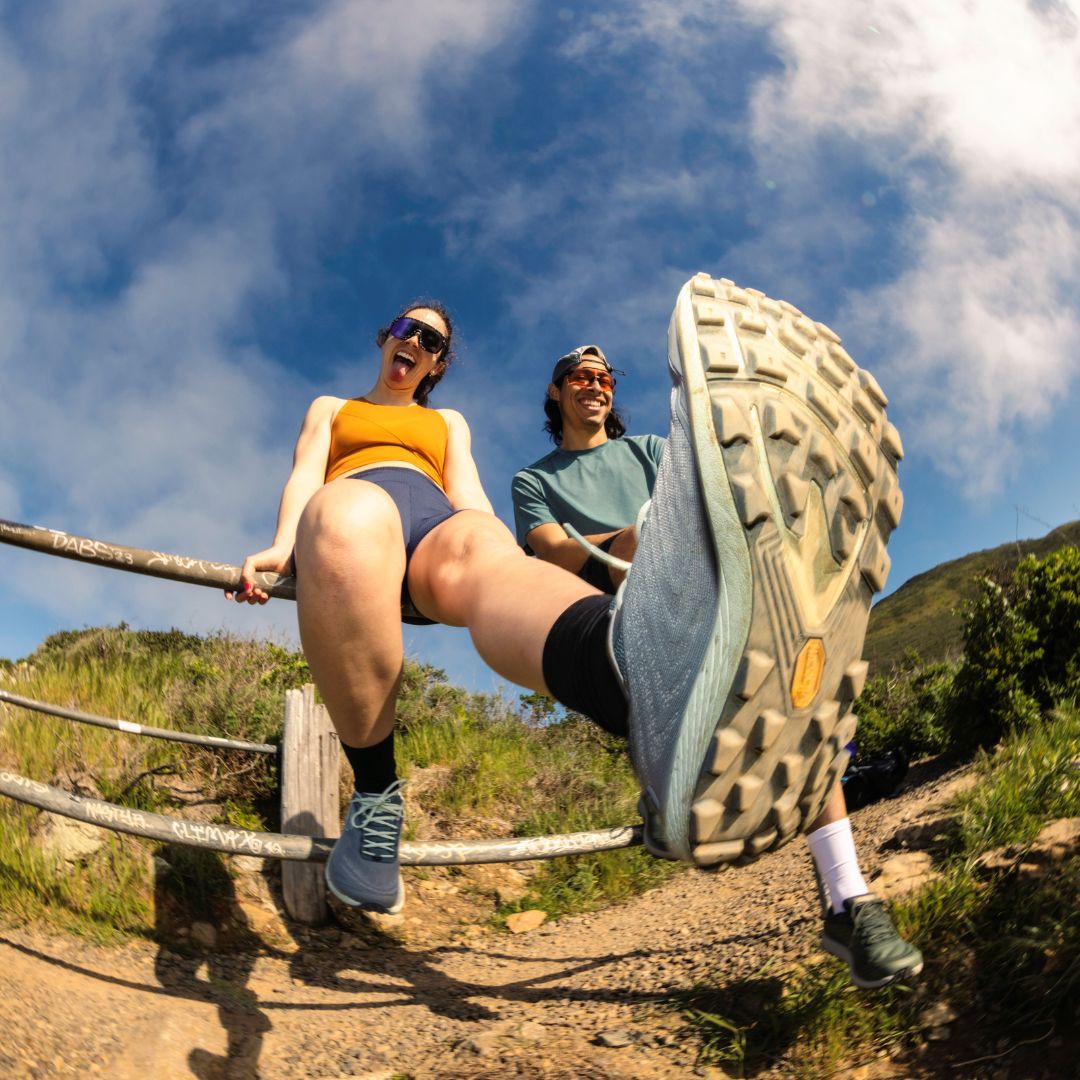A Cautionary Tale of Toes and Woes: Part One
odiatrist Dr. Neil Feldman joins us as a guest author of a multi-part series that walks us through the complicated history between running and shoes, and tips for how to keep our feet healthy for life. Dr. Feldman performed surgery on Topo founder Tony Post a couple of months ago after Tony ignored his symptoms for decades too long. Tony has offered himself up as a cautionary tale for other runners so they don’t find themselves in his shoes — of course, only figuratively speaking.
It was the best of toes, it was the worst of toes; it was the age of high tops, it was the age of flip flops; it was the epoch of heels, it was the epoch of pointed toes; it was the season of shod, it was the season of support; it was the spring of motion control, it was the winter of heel posts; we had everything on us, we had nothing on us; we were all going to run a marathon, we were all going direct the other way...
In this cautionary tale series of toes and woes, we set out to understand just how we came to be here, and where we go.
While the original shoes were mere foot coverings, by the 15th century pointed toes and heels were added. During the 16th and 17th centuries, the fashion of the shoe and height of the heel became status symbols. Modern shoes with a sewn-on sole were developed around 1700 and not until shortly after 1800 was there any distinction between left and right. The industrial revolution then brought on the advances that we see today in mass shoe manufacturing.
As with any cautionary tale, let us not forget to ask the questions that must be asked, but are often ignored in the name of enterprise: are shoes good for our feet – or in keeping with the pun – are shoes good for our toes?

I’ve had the pleasure of knowing Tony Post, founder and CEO of Topo Athletic, for the last 5 years. As Tony shared his personal story with me, I realized that his is a cautionary tale that led to something greater.
As a college runner in the late ‘70s, Tony lived in track shoes. Running around and around in a counterclockwise direction for miles and miles resulted in two feet with toes tapered in the shape of his track spikes. Worse yet, the imbalance of repetitively placing more force through one foot (the outer foot on the track – right foot) lead to an imbalance between his two, now misshapen feet.
Years later, when Tony and I met, he showed me his feet and how (on the outside) he somewhat corrected the crossover toes and bunion by wearing Vibram FiveFingers for many years. On the inside, however, was an entirely different story. Tony had a severe bunion deformity and an arthritic midfoot caused over time by not being unable to bend his toes at the ball of the foot due to shoes that squeezed his toes together.
Thought experiment: imagine tying your 4 fingers together – I won’t include the thumb as our big toes are not opposable – and try to type or write a legible letter. How quickly do you think it would take for your fingers to cramp (assuming you could even do this)? However, if it’s all you even knew over time, there is no doubt that you would figure out a way to make it work.
Such is the way our feet succumb to the debilitating effects of developing and adapting to shoes that bind our toes. Tony’s midfoot compensated by absorbing the motion that his front foot was not allowed to engage, creating not only the bunion, but instability through the arch of his foot and first ray (think of a tripod with one leg unable to support itself). This in turn led to instability at the 2nd toe joint and, not only a hammertoe deformity, but a total dislocation of that toe on the metatarsal.
Tony’s injured feet were the result of all that is bad with footwear: forcing a foot to adapt to the shape of the shoe, rather than having a shoe that allows the foot to be the foot it was intended to be.
Thus, the inspiration for Topo Athletic’s shoes were born, adding to the small pool of alternative options for those individuals whose feet aren’t “shoe-shaped” (which is nearly everyone!).
As we close on April as Foot Health Awareness Month and continue this education, we can celebrate Tony’s tale as the best of toes and the worst of toes. Shoes helped create many of the problems he just had surgically addressed, but his experience inspired him to create a product that can help prevent so many others from suffering the same fate as him. Just as shoes are not the cause of all of our foot problems, they can’t be depended on as a cure-all solution either.
The shoe is only as good as the foot it covers, and that foot is only as good as the body it helps propel. They are a team, and together, they will keep us moving for a lifetime; the best of times.
Up next on A Cautionary Tale of Toes and Woes, I’ll be taking you on a deeper dive into the history of running, how the shoe industry evolved with it and the definition of the perfect shoe. Later on in the series, we’ll shine a light on common runner injuries and how it all cumulated to surgery for Tony Post.

About Dr. Feldman
Dr. Neil Feldman is the Director of Central Massachusetts Podiatry., specializing in reconstructive surgery and sports medicine. With more than 20 years of private practice experience, Dr. Feldman is board-certified in Foot Surgery, active in the Massachusetts Podiatric Medical Society and is a Fellow of the American College of Foot and Ankle Surgeons. Previously, he served on the Massachusetts Podiatric Medical Association Board.
An accomplished athlete, Dr. Feldman has run numerous marathons, including 12 Boston Marathons, and clocked in a personal best of 2:51 at the Bay State marathon in 2013. He also completed 7 Ironman triathlons, including the Ironman World Championships Kona in 2004 and 2008. He also took his endurance running endeavors to new lengths when he completed seven 100M events, including 2 Leadville finishes and twice breaking 20 hours at that distance while sporting the MT-3 (Javelina Jundred in 2016) and Terraventure (Vermont 100M in 2017).















